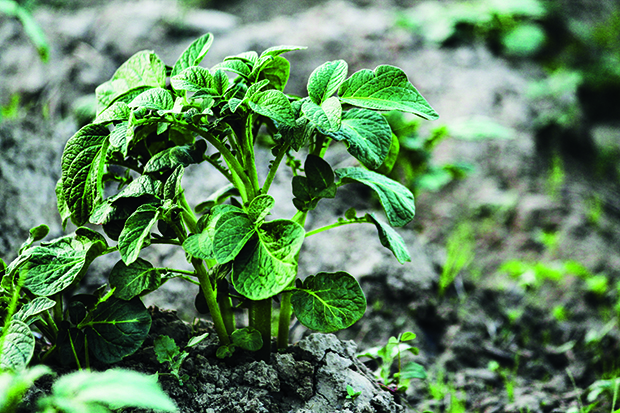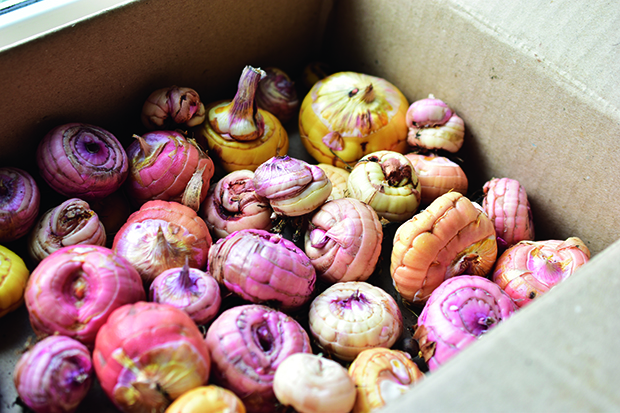11 mid-winter tasks for your garden

The frost may be settling, but that doesn’t mean that the gardening takes a pause.
Words: Jane Wrigglesworth
1. Sow seeds of broad beans, cabbages, carrots (in the warmer north), cauliflowers, onions, peas, and pak choi.
2. Plant new season’s roses. Bare-root roses should be planted as soon as they arrive. Till beds first, adding plenty of organic matter. Dig a hole big enough to accommodate the roots when spread out.
3. Sow sweet peas directly in a warm, sunny, sheltered position, or in trays to plant out later. There’s no need to sow seeds in trays in a greenhouse. Sweet peas germinate at low temperatures and you get strong plants from growing them in high-light, cool conditions.
4. Plant lettuce, silverbeet and spinach outside in warmer regions. In cooler regions, plant in tunnel houses or under cloches.
5. Early potatoes can be planted in frost-free areas. In cooler areas, buy your early spuds for sprouting. Four to six weeks before they are planted, set seed potatoes out in open trays in full sun where shoots will grow from each eye. Potatoes can be planted out when shoots are 2.5-3cm long.
6. Plant buckwheat in your potato patch if it’s prone to wireworms. A Canadian study found that growing buckwheat (or brown mustard) as a cover crop for two years before growing potatoes can reduce tuber damage by more than 8%.

7. You can plant gladioli bulbs from now until December (or from August in cooler areas). Plant now and you could have flowers in approximately 100 days; plant later and it will take about 90 days. Plant a few each month and you could have flowers for several months from November.
8. New season fruit trees will be in stores now. If you like a particular fruit, plant several different varieties that fruit at different times to extend the harvest timing. Check planting instructions on the tree label to see if a pollinator is required. For example, peaches and nectarines are self-fertile and don’t need cross-pollinating, but most apple trees require pollination between two or more trees to set fruit. Remove nearby dandelions and other broadleaf weed flowers before your fruit trees bloom so that the bees won’t be distracted.
9. Plant strawberries. Winter planting means a bigger crop later in the season as plants have time to establish a good root system before spring growth. Choose a sunny spot with free-draining, compost-enriched soil. Make a homemade liquid fertiliser to get your plants off to a good start: soak seaweed in a bucket of water for three weeks, strain, and tip into a spray bottle. Use as a foliar spray.
10. Plant seedlings of broccoli, cabbage, cauliflower, and kale. Continue to plant garlic and shallots.
11. Prune your grapevines now for great crops next summer. Cut fruiting canes back to two or three buds, from which next season’s fruiting shoots will develop. Be vigilant when new shoots develop early in the season. If frosts threaten, usually late August through September, cover vines with frost cloth to prevent damage.
Love this story? Subscribe now!
 This article first appeared in NZ Lifestyle Block Magazine.
This article first appeared in NZ Lifestyle Block Magazine.
